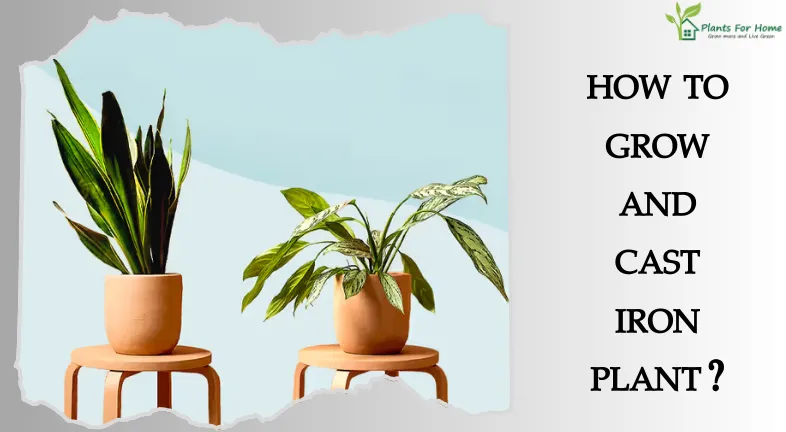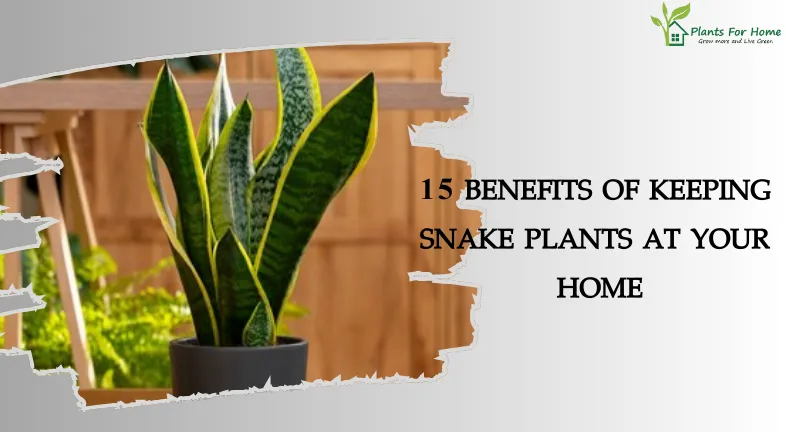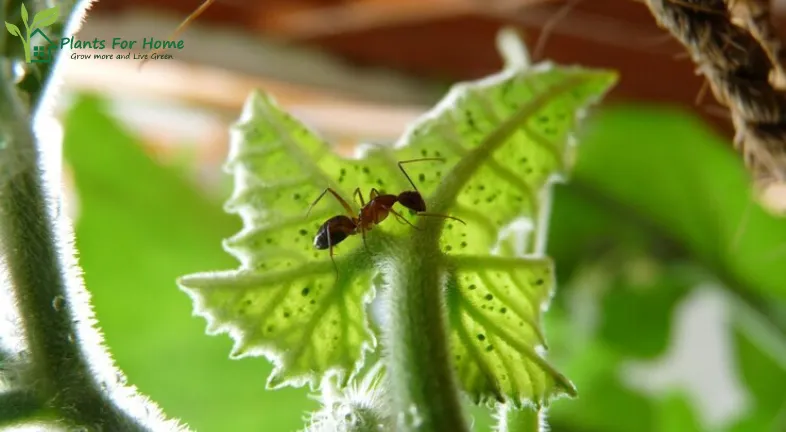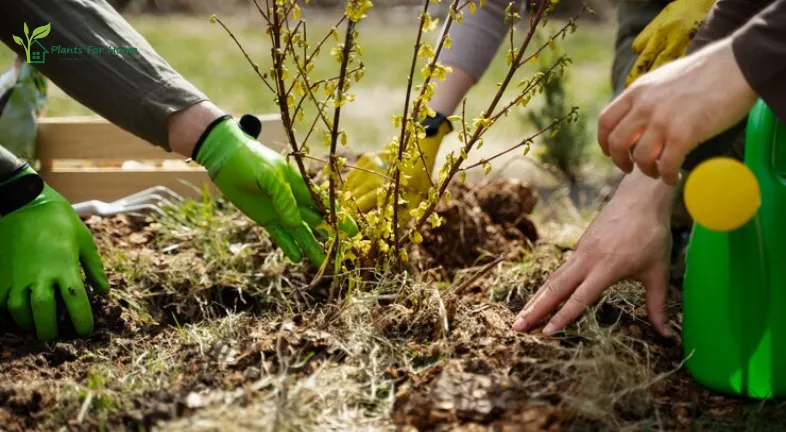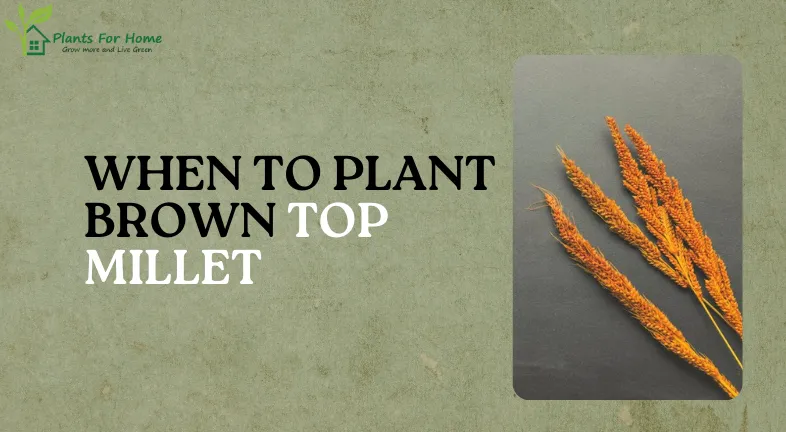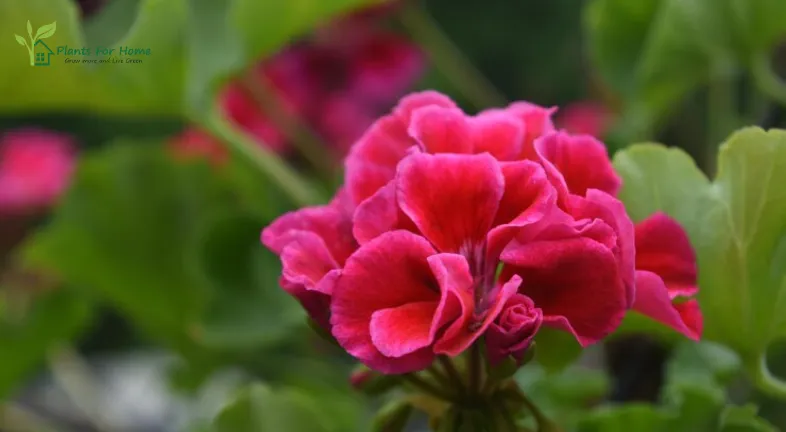POTHOS FERTILIZER
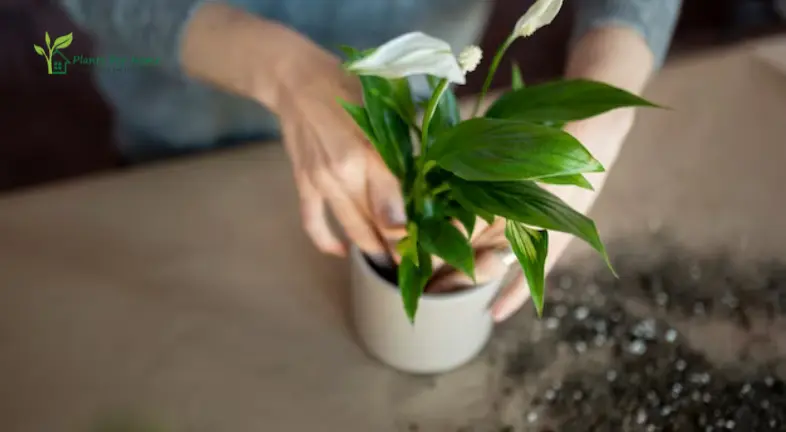
With its colorful foliage and trailing vines, pothos is a popular houseplant that requires little maintenance and is hardy. Fertilizer can be the secret to lush, robust growth, as even the hardiest plants can benefit from a little extra push. Let’s explore the types, timing, and tactics of pothos fertilization to ensure the health and thriving of your green companion.
Recognizing Your Potho's Taste
Pothos are moderate feeders, happy to receive sporadic fertilizer to restore nutrients needed for healthy, colorful leaf development. However, a number of variables affect their demands, including:
Light: Faster development is stimulated by brighter light, which calls for more frequent fertilization.
Fresh potting mix frequently has slow-release fertilizer in it, which lessens the need for it right away.
Growth stage: Pothos that are actively growing gain from more frequent feedings than those that are inactive.
Season: Winter requires less fertilizer, while spring and summer are times of active development.
Selecting Appropriate Fertilizer:
Any balanced houseplant fertilizer will work, but take into account these alternatives:
Fertilizer in liquid form: accessible and simple to use; dilute to half strength to prevent burning.
Granular fertilizer: This slow-releasing alternative releases nutrients gradually, making it perfect for repotting.
Organic fertilizer: Worm castings or compost tea are good choices; they are kinder to plants and the environment.
NPK Ratio: Cracking the Code of Nutrients

NPK is an acronym for the three nutrients that are vital to plant growth: nitrogen (N), phosphorus (P), and potassium (K). A balanced ratio, typically 3:1:2 (N:P:K) or a variation thereof, is ideal for pothos growth.
Discovering the Ideal Point of Dilution and Frequency:
Generally speaking, during the spring and summer months of active development, fertilize every two to four weeks using diluted liquid fertilizer or, if directed on the container, use slow-release pellets.
Less is more. Recall that overfertilizing can harm your plant; it is preferable to underfertilize.
Dormancy: When growth slows down in the winter, reduce or cease fertilizing. Leaf burn, yellowing, and stunted growth are indications of over fertilization. Water the soil thoroughly and wait to fertilize until the plant has healed.
Above and Beyond: Sophisticated Advice
Foliar feeding: To promote quicker absorption of nutrients, mist leaves with diluted liquid fertilizer.
Keep the pH of the soil between 6.0 and 6.5 to ensure the best possible nutrient absorption.
Repotting: When repotting, use fresh potting mix along with a slow-release fertilizer.
Watering problems: the most frequent offender
The two worst enemies of pothos are overwatering and under watering, both of which can cause drooping leaves. It is more typical, especially for inexperienced plant caregivers, to overwater. Recall that pothos tend to lean towards being slightly dry. They don’t require consistently moist soil because their aerial roots take up moisture from the atmosphere.
signs of over watering in a pothos
- Yellowing, drooping leaves that could be sticky to the touch
- Brown patches on the stems and leaves
- bad-smelling, moldy dirt
- Root rot, which can be quite harmful to the plant Signs of submersion in a pothos.
Signs of under watering
- shriveled, dry leaves with curled margins
- crunchy brown leaf margins
- The dirt recedes from the edges of the pot.
Not Enough Light
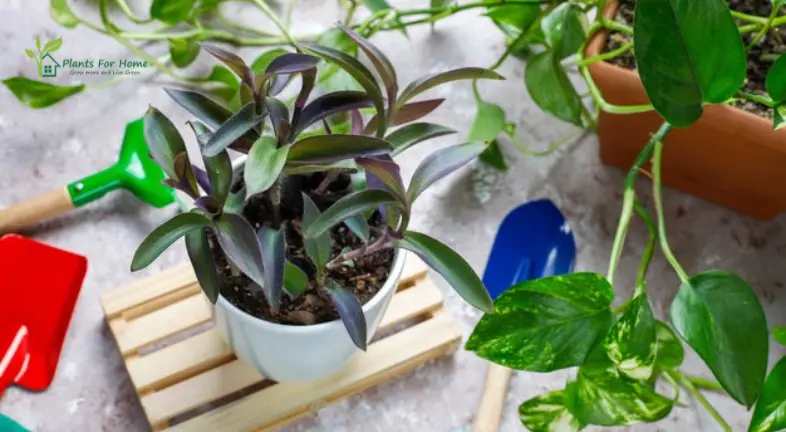
- Cause: Bright, indirect sunshine is ideal for pothos growth. Insufficient light can cause a plant to struggle with photosynthesis, resulting in weak, spindly growth and drooping leaves.
- Symptoms include pale or lost variegation in the leaves. Leaning toward greater light, stems get longer and more elongated.
- Solution: Place your pothos somewhere brighter, ideally close to a window that lets in some natural light. Steer clear of intense, direct sunlight since it may burn the leaves.
The size of the pot, the type of soil, the amount of light, and the humidity all affect how often you need water your pothos. However, generally speaking, don’t water until the top inch or two of soil feels dry to the touch. When watering, thoroughly immerse the plant until the water runs out of the drainage holes. Root rot can result from leaving the plant submerged in water. Lack of light is another frequent cause of a pothos.
Growing Pothos-
Pothos is a delightful and satisfying method to share your plant with friends or increase the size of your collection because it is very simple to propagate.
How to do it is as follows:
- Cut stems that have two or three leaves on them.
- The cuttings should be put in a jar with water or moist potting mix.
- Alter the water frequently or maintain a damp soil.
- In a few weeks, roots ought to start to form.
- You can put the cuttings in their own pots once the roots have taken hold.
CONCLUSION:
For good reason, the pothos is a popular houseplant with its glossy, heart-shaped leaves and cascading vines. This tropical beauty is ideal for plant parents of all skill levels because it is not only gorgeous to look at but also very simple to care for.
Since each plant is unique, there could be a number of reasons contributing to your pothos’s droopiness. You may nurse your plant back to health and see its colorful leaves return in all its splendor by closely monitoring it and taking care of the most likely culprits.


